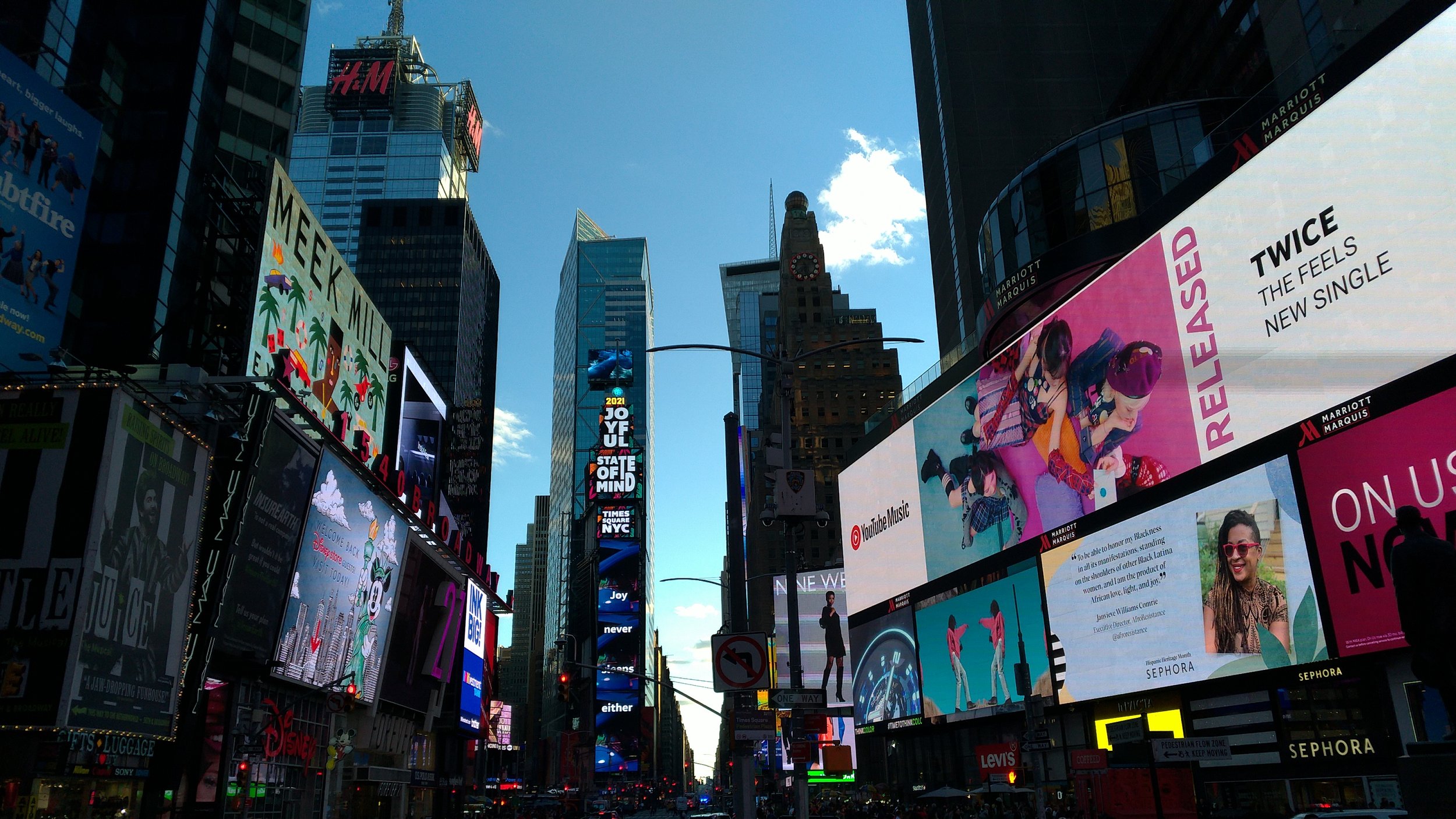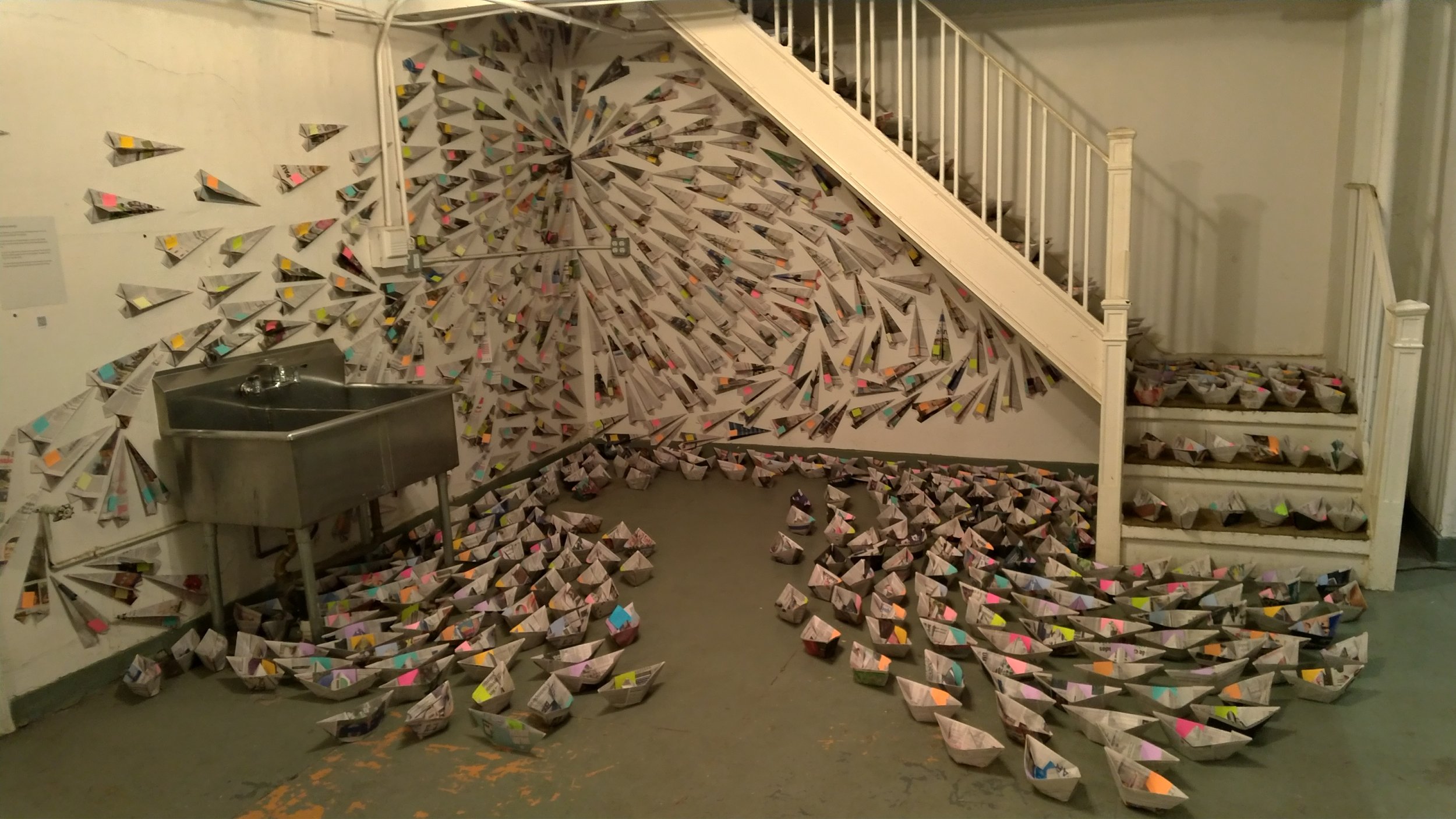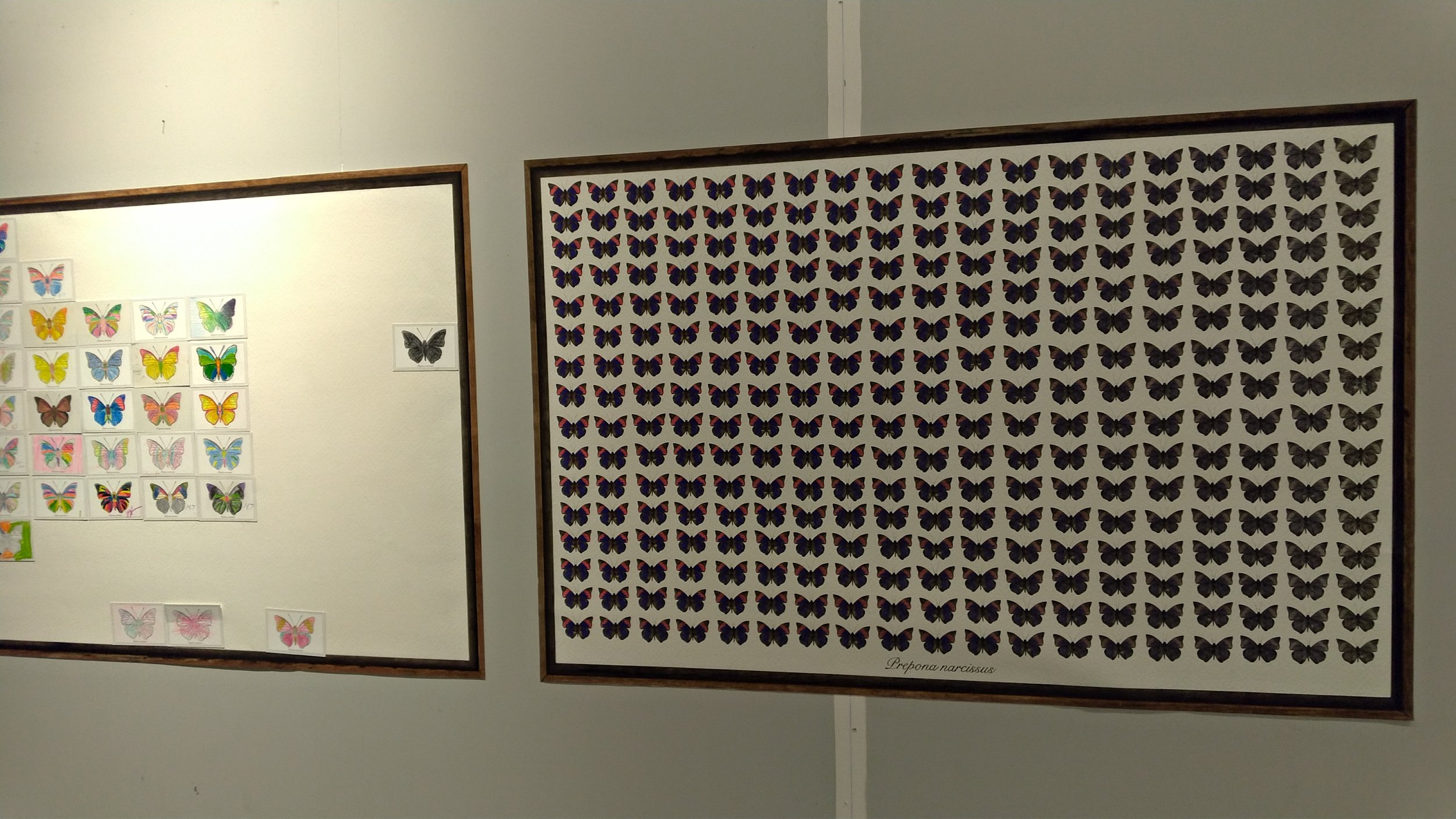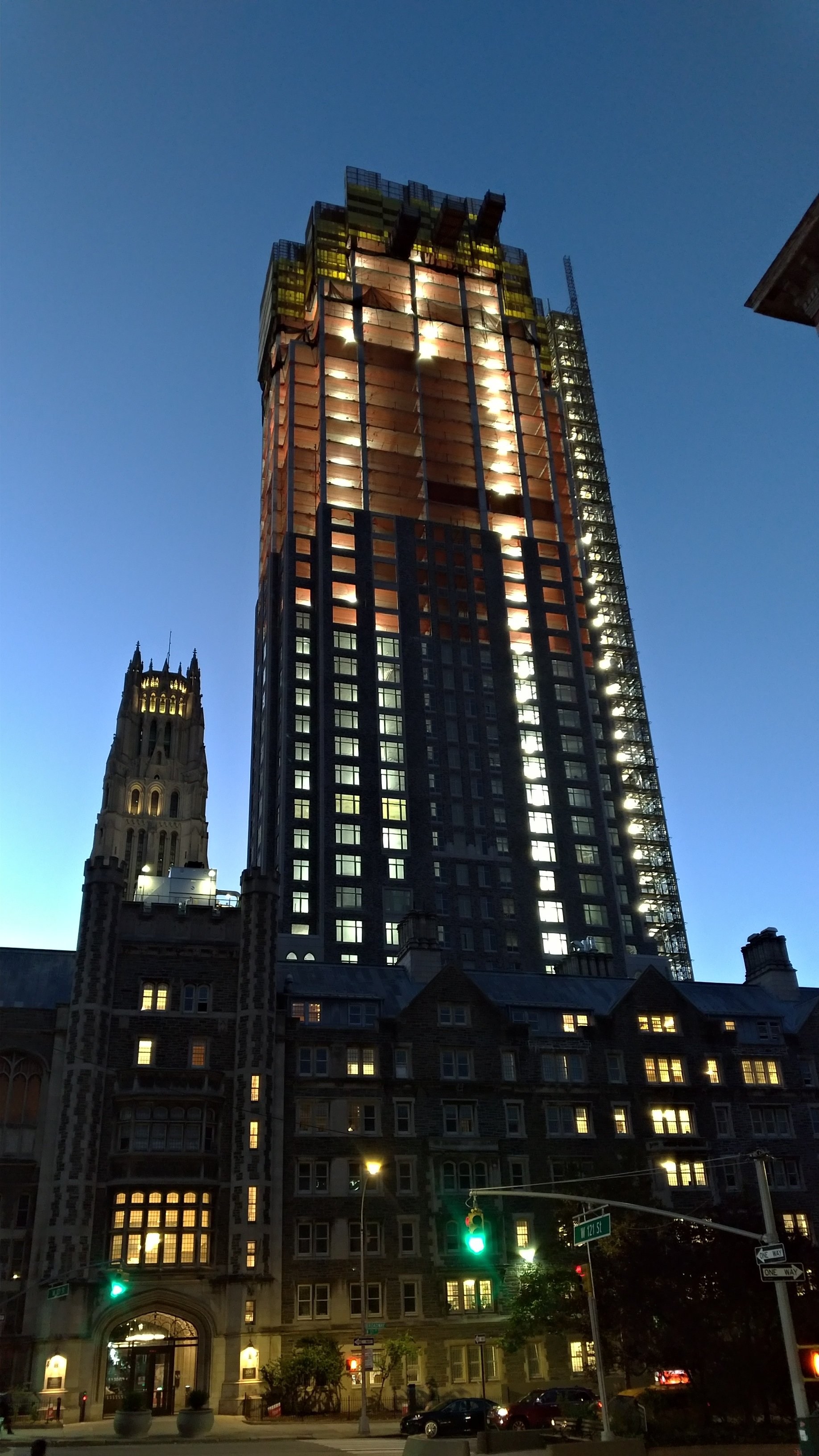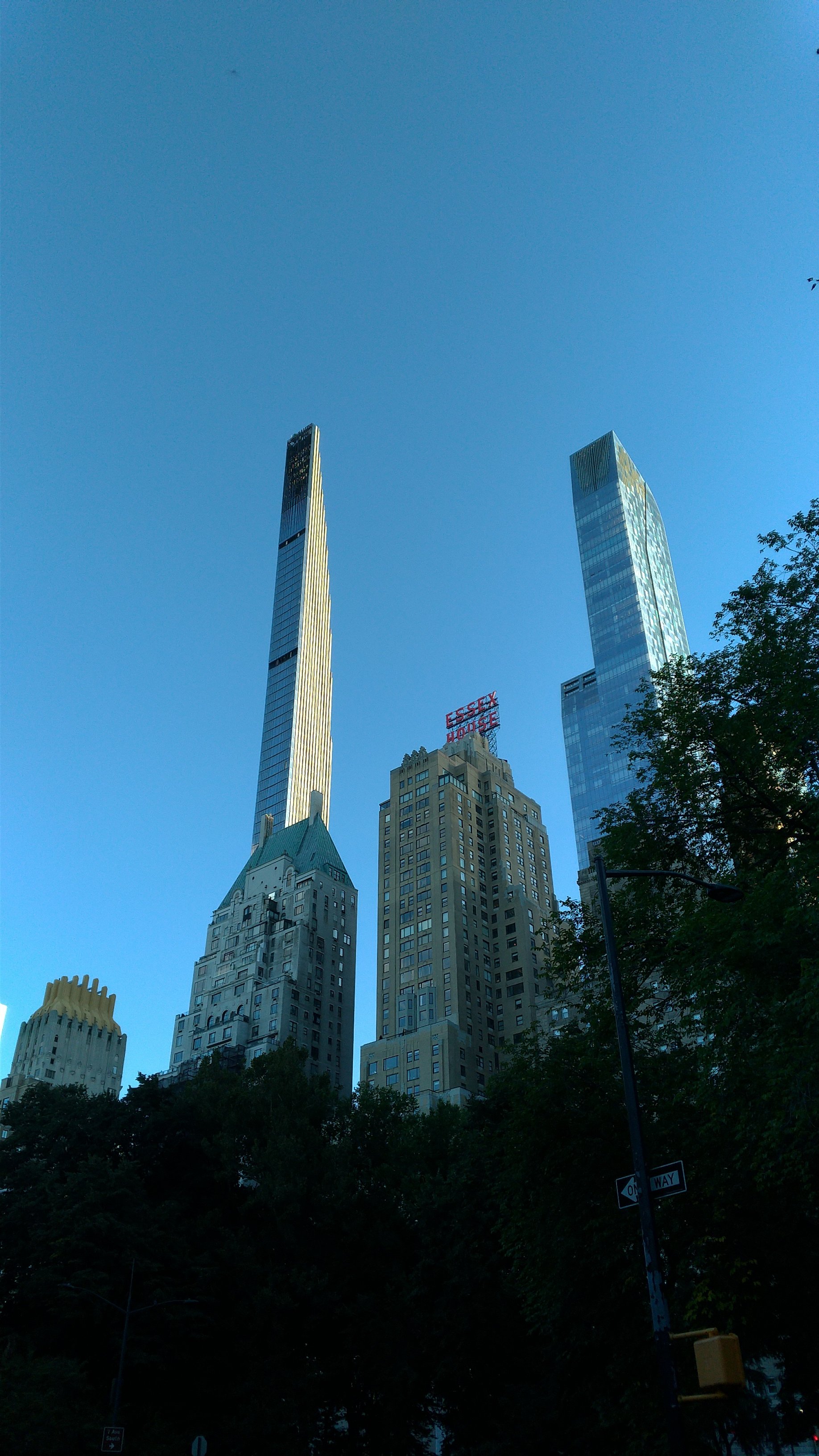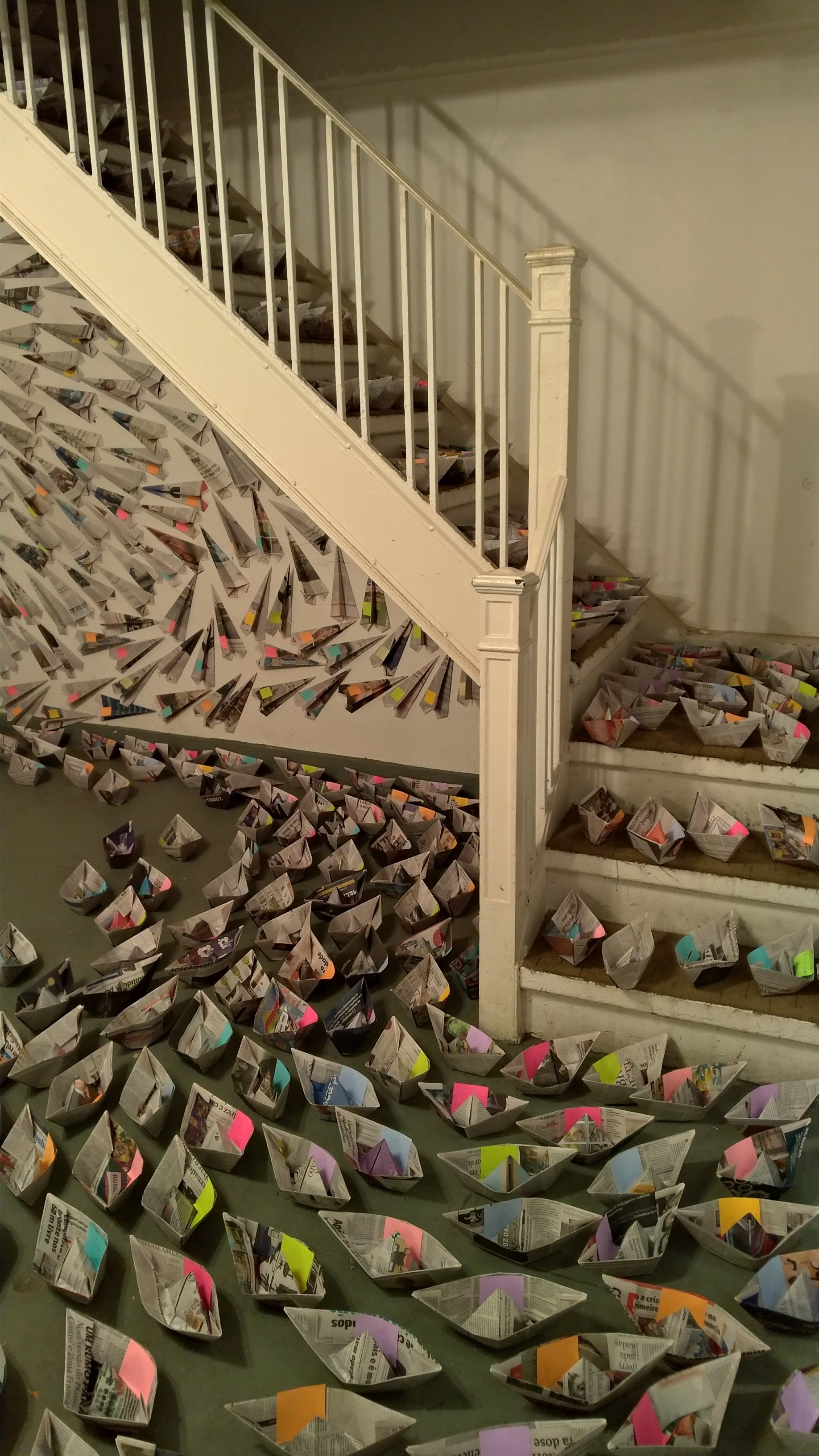After a few months’ absence (or maybe infidelity?), I return to the metropolis. And I’m nervous. My anxieties range from the realm of the existential/metaphysical (“Will I remember how I behave here? Will I feel uplifted again? Will I feel that I belong?”) to that of the utterly mundane/practical (“Is my husband really telling me the truth when he says that our apartment has not been affected by the trio of invaders that no exterminator or pandemic can deter?”). My Bermuda Triangle is not located in air routes but in kitchens, bathrooms and mattresses. I’m talking about the triple threat roaches-mice-bedbugs, that strikes even the best of families.
Arrival
But the Body remembers –before the Mind even has the chance to think: as if on autopilot, I successfully pass the first circuit, since I manage to catch the last bus (it’s 11PM) from Newark to NYC. Jumping joyfully into the first cab (or Uber, okay) you see in front of you, may be a beloved filmic cliché, but it does not necessarily apply to struggling artists who know there’s an express bus that drops you directly at the heart of Manhattan at 1/5 of the price of a cab ride.
As soon as I set foot on Big Apple grounds, my New Yorker status is automatically activated, like a smartphone that just detected Wi-Fi. My visual arts wanderings commence literally upon arrival, since the very wall of Port Authority at 42nd Street & Eighth Ave (where I get off) is covered by an exhibition organized by Chashama, the arts organization that connects artists to perhaps the fiercest real estate market in the world. Since 1995 Chashama offers a solution to artists’ need of both studio and presentation space, by providing them access to vacant commercial and office spaces. (Incidentally, I get connected to my past, since it was with Chashama that I completed both of my grad school internships.) In front of me now, in two rows of round “frames” reminiscent of both ship portholes as well as washing machines, Basia Goszczynska has placed photos of marine debris collected off of NYC shores, pointing towards the need for clean seas.
Day 1
First morning, and the first thing I see looking out the window are some glossy yellow/green fruits, some fallen on the ground, others still on the branches. It’s our fifth autumn in this prewar Harlem building, and yet never before had I noticed the apple tree in the community garden across the street. The unexpected encounters with nature continue, since during my walk I “converse” with two cats in Morningside Park. The cat colony volunteer pops up smiling, and asks if the semi-feral felines had come to say hello –and I’m pleasantly surprised by her effortlessly natural and friendly tone (I had forgotten this blessed feature of every day life). Peeking in at a nearby vegetable garden, also run by volunteers, I in vain try to locate the roaming chickens. Another volunteer’s friendly voice says I can come in if I want to. I politely decline, and keep going.
The murderer returns to the crime scene, so my steps lead me to my alma mater campus, where I spent three years studying at the MFA Theatre Directing program. The light-blue sky with its fast traveling clouds shines above Columbia University’s Low Library, while the splendidly clear light bestows on the surrounding neoclassical buildings the maximum grandeur. Surprised to see that my favorite bench is not taken, I rush to install myself. (After graduating, I heard that it’s nicknamed “Obama’s bench”, since it was the President’s favorite too, when he was an undergrad here.) Of course the thing to watch is the flocks of students, given that the current semester is the first on-site since the fateful 2020 spring.
It is well known that on the isle of Manhattan the only way to go up is… vertically, but nowhere do you realize this more fully than when you see a giant cast its shadow on the Gothic Revival tower that once upon a time used to house your humble dorm room, and which now looks like a dwarf next to the under construction 42-story high-rise. The brand new luxury mammoth devoured half of the unique quad of Union Theological Seminary in order to secure the institution’s survival. Even prime affiliates of the Ivy League university are forced to sell their air rights for development, in order to stay alive.
Day 2
The magnificent weather persists, so there is no reason why not to walk from West 137th Street down to West 29th in order to catch yet another Chashama exhibition. I walk along the Central Park wall, so that I can observe both the Beaux-Arts entrances and the Art Deco motifs of Central Park West’s buildings, as well as the squirrels chasing each other up the oak trees. I only briefly enter the park, just to verify that it has its usual traffic of runners, bikers and walkers, but mainly to enjoy the ever-changing Midtown skyline, with the “slice-skyscraper” at 111 West 57th Street (the world’s most slender building, with a height-width ratio of 24 to 1!) approaching completion, thus making the nearby “caterpillar-like” One57 look… short, in spite of its 75 (!) stories. Times Square does not display its pre-COVID era level of madness, but it does come close to it. Given the travel restrictions and, therefore, the limited number of foreign visitors, you can check out the American tourists.
After two hours of walking, I finally get to the group exhibition “Do write [right] to me”. Debora Rayel Eva’s newspaper-made planes and boats steal the show, transforming the slop sink and staircase corner into some sort of gate or starting point. Appropriately, the Brazilian artist has titled her work “Where do we go from here?”, and she encourages us to write her our answers on the post-it notes provided on her “fleet.”
In “Amazonia”, Fernanda Froes, also from Brazil, has filled her frame with images of an endangered butterfly species, demonstrating the gradually diminishing colors that display certain insects, as a consequence of climate crisis. A crack of hope opens up thanks to the information that, when the catastrophic conditions are lifted, the butterfly resumes its lost colors. Repair is (still) possible. And through that crack of hope, we may welcome the metamorphoses of the city, and of the season.
This essay first appeared in Greek in the TA NEA newspaper (in print and online) on October 16, 2021.
Το κείμενο αυτό πρωτοδημοσιεύτηκε στην εφημερίδα ΤΑ ΝΕΑ (έντυπη και ηλεκτρονική έκδοση) στις 16 Οκτωβρίου 2021.

